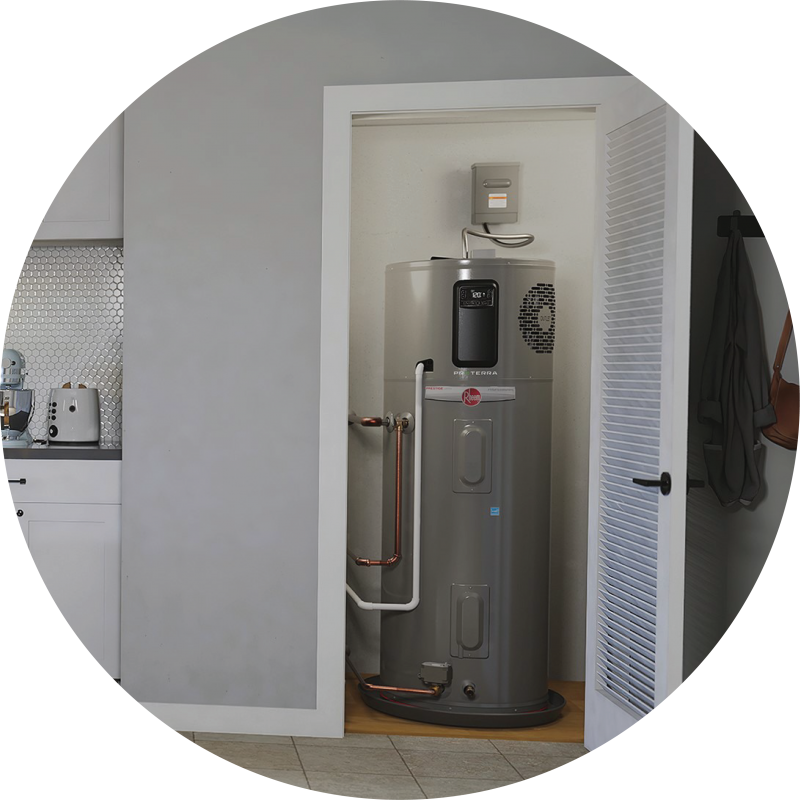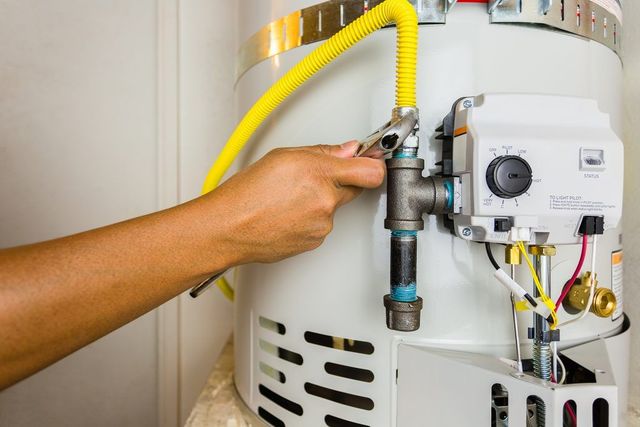Presented here underneath you can discover some worthwhile details in relation to Tips on Maintaining a Water Heater.

Warm water is essential for daily comfort, whether it's for a rejuvenating shower or cleaning recipes. To ensure your warm water system runs efficiently and lasts longer, regular maintenance is essential. This short article offers functional pointers and understandings on just how to keep your home's warm water system to avoid disruptions and costly repair work.
Introduction
Preserving your home's hot water system could appear daunting, but with a few easy steps, you can ensure it operates smoothly for many years to find. This overview covers every little thing from recognizing your warm water system to do it yourself upkeep pointers and recognizing when to hire specialist aid.
Relevance of Keeping Your Hot Water System
Regular maintenance not only extends the lifespan of your hot water system yet additionally guarantees it operates efficiently. Overlooking maintenance can lead to reduced effectiveness, higher power costs, and also early failure of the system.
Indications Your Hot Water System Needs Upkeep
Recognizing when your warm water system needs attention can protect against significant problems. Watch out for indicators such as inconsistent water temperature, unusual noises from the heater, or rustic water.
Understanding Your Hot Water System
Prior to diving right into maintenance tasks, it's helpful to recognize the basic components of your warm water system. Normally, this consists of the water heater itself, pipelines, anode rods, and temperature level controls.
Monthly Upkeep Tasks
Routine month-to-month checks ca
n assist catch minor concerns before they escalate.
Purging the Hot Water Heater
Flushing your hot water heater eliminates sediment build-up, improving performance and extending its life.
Monitoring and Changing Anode Rods
Anode poles prevent rust inside the tank. Evaluating and replacing them when broken is important.
Inspecting and Readjusting Temperature Setups
Changing the temperature level setups makes sure optimal efficiency and safety.
Do It Yourself Tips for Maintenance
You can do several upkeep tasks on your own to keep your warm water system in top problem.
Checking for Leakages
Frequently evaluate pipelines and connections for leakages, as these can cause water damage and greater bills.
Testing Stress Alleviation Valves
Evaluating the stress relief valve guarantees it functions properly and protects against extreme stress buildup.
Shielding Pipelines
Insulating hot water pipes minimizes heat loss and can save energy.
When to Call a Specialist
While DIY upkeep is beneficial, some problems call for professional know-how.
Complex Problems Calling For Professional Assistance
Instances include major leaks, electrical troubles, or if your water heater is regularly underperforming.
Routine Expert Upkeep Benefits
Professional upkeep can consist of thorough evaluations, tune-ups, and guaranteeing compliance with safety and security criteria.
Conclusion
Regular maintenance of your home's warm water system is important for efficiency, durability, and expense financial savings. By adhering to these tips and understanding when to look for specialist aid, you can ensure a dependable supply of warm water without unanticipated disturbances.
Water Heater Maintenance: The Basics
Maintaining your water heater will ensure it operates efficiently and has a longer lifespan. Neglecting regular maintenance can lead to costly repairs and an even bigger chunk of your savings if you have to replace it sooner than necessary. But there’s good news: Most water heater maintenance tasks are relatively simple and easy for homeowners with basic DIY skills.
Flush the Water Heater
Over time, sediment and minerals can build up in the tank, reducing its efficiency and potentially causing damage. To flush the tank, turn off the power or gas supply, attach a hose to the drain valve near the bottom and open the valve to drain the water until it runs clear. Ideally, flush the tank annually.
Replace the Anode Rod
The anode rod is a sacrificial metal rod that helps prevent corrosion inside the tank. Inspect and replace it every three to five years or per the manufacturer's recommendation. To replace the anode rod, turn off the power or gas supply, drain a few gallons of water from the tank, unscrew the old rod and replace it with a new one. If the anode rod is significantly corroded or covered in calcium buildup, it's a sign the water heater may need to be replaced soon.
Tune-Up
A yearly tune-up can help identify potential issues and ensure your water heater operates at peak efficiency. This typically involves checking the thermostat, burner assembly (for gas heaters) and any other components specified by the manufacturer. During a tune-up, the technician may also clean the burner and adjust the pilot light (for gas heaters) or examine the heating elements (for electric heaters).
How to Maintain Your Water Heater
- Insulate the tank. Insulating the tank can improve energy efficiency and reduce heat loss, saving you money on energy bills. You can purchase precut insulation blankets designed specifically for water heaters or use standard fiberglass insulation wrapped securely around the tank.
- Check the temperature. The recommended water temperature for most households is around 120 degrees Fahrenheit (49 degrees Celsius). Higher temperatures can increase energy costs and potentially cause scalding. Use a kitchen thermometer to check the temperature at the faucet nearest the water heater.
- Monitor water pressure. Excessive water pressure can strain the water heater and cause leaks or even tank failure. Install a pressure-reducing valve if necessary. The ideal water pressure range is between 60 and 70 PSI (pounds per square inch).
- Test the temperature and pressure (T&P) relief valve. The T&P relief valve is a safety feature that releases pressure if the tank gets too hot or the pressure builds up too high. Test it annually by lifting the lever and allowing a small amount of water to release. Replace the valve if it doesn't release water or reseal properly.
- Check for leaks. Regularly inspect the tank, pipes and fittings for leaks or corrosion. Deal with issues promptly to prevent further damage. Even a small leak can lead to significant water damage over time.
- Consider a tankless water heater. If your traditional tank-style water heater is nearing the end of its lifespan ( typically 10 years), consider replacing it with a tankless water heater. These units heat water on demand, reducing standby energy losses and potentially saving you money on your energy bills.
- Schedule professional maintenance. While homeowners can perform many water heater maintenance tasks, it's still a good idea to schedule professional maintenance every few years. A plumber or HVAC technician can thoroughly inspect the unit, identify potential issues and ensure it operates safely and efficiently.
https://www.homeserve.com/en-us/blog/home-improvement/hot-water-heater-maintanence/

I have been very interested by How to Maintain Your Water Heater & Prolong its Life and I'm hoping you appreciated the entire post. Make sure you take a moment to share this blog entry if you enjoyed it. Kudos for your time. Please visit our website back soon.
Visit Site
Comments on “Caring for Your Home's Hot Water System: Important TipsStep-by-Step Guide to Caring for Your Home's Hot Water System”